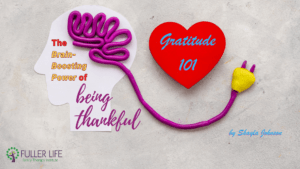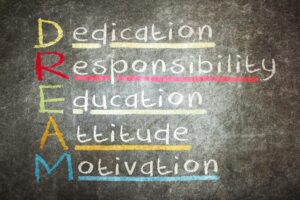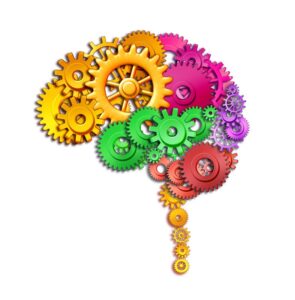Gratitude 101: The Brain-Boosting Power of Being Thankful
Gratitude isn’t just about feeling good—it’s backed by science! Studies show that practicing gratitude has powerful effects on our brain and body.

Gratitude isn’t just about feeling good—it’s backed by science! Studies show that practicing gratitude has powerful effects on our brain and body.

Most people find it hard to adjust to change. But don’t worry—there are ways to make this process smoother.

Summer is coming to a close, which for families means one thing: school is back in session. No more sleeping in until noon, spending…

Even the best of us do it sometimes. Standing in a coffee shop trying out a new drink ordered by the person in front…

The Myth Are you the life of the party? The center of attention wherever you go? Then, clearly you are an extrovert, right? Not…

“Your child has ADD? Follow a Routine!” How often have parents of children with ADD heard this message? One of the crucial steps in…

Why Can’t I Just Do It? We make lists. We set goals. We plan. We go to pretty amazing lengths to avoid procrastination. At…

You’re writing your long list of New Year’s resolutions while checking emails for work while feeding the baby. Then the phone rings… We live…

Wired for Danger We have a natural tendency to focus on what goes wrong. Over thousands of years we have developed a built-in survival…
End of content
End of content
Life’s too short to stay stuck. Request an appointment now.
Would you like to get our monthly resources for mental wellness?
